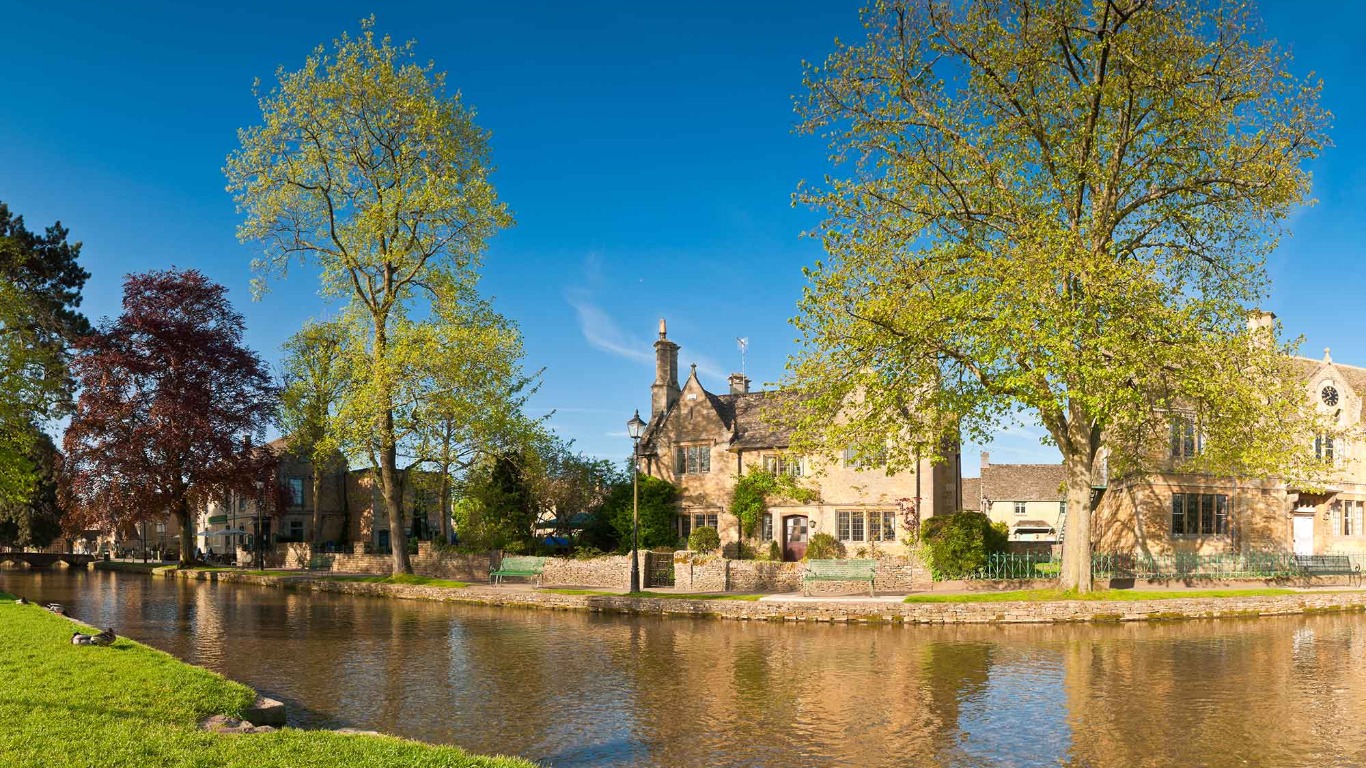Your guide to the glorious Cotswolds
Overflowing with history, incredibly rural and, at times, stupendously pretty, the Cotswolds is by far one of England’s finest landscapes.
What and where is the Cotswolds?
Characterised by the golden sandstone that its tiny cottages and townhouses are built with, the whole region of the Cotswolds often feels like a sepia photograph – especially when bathed in the evening light of autumn and winter.
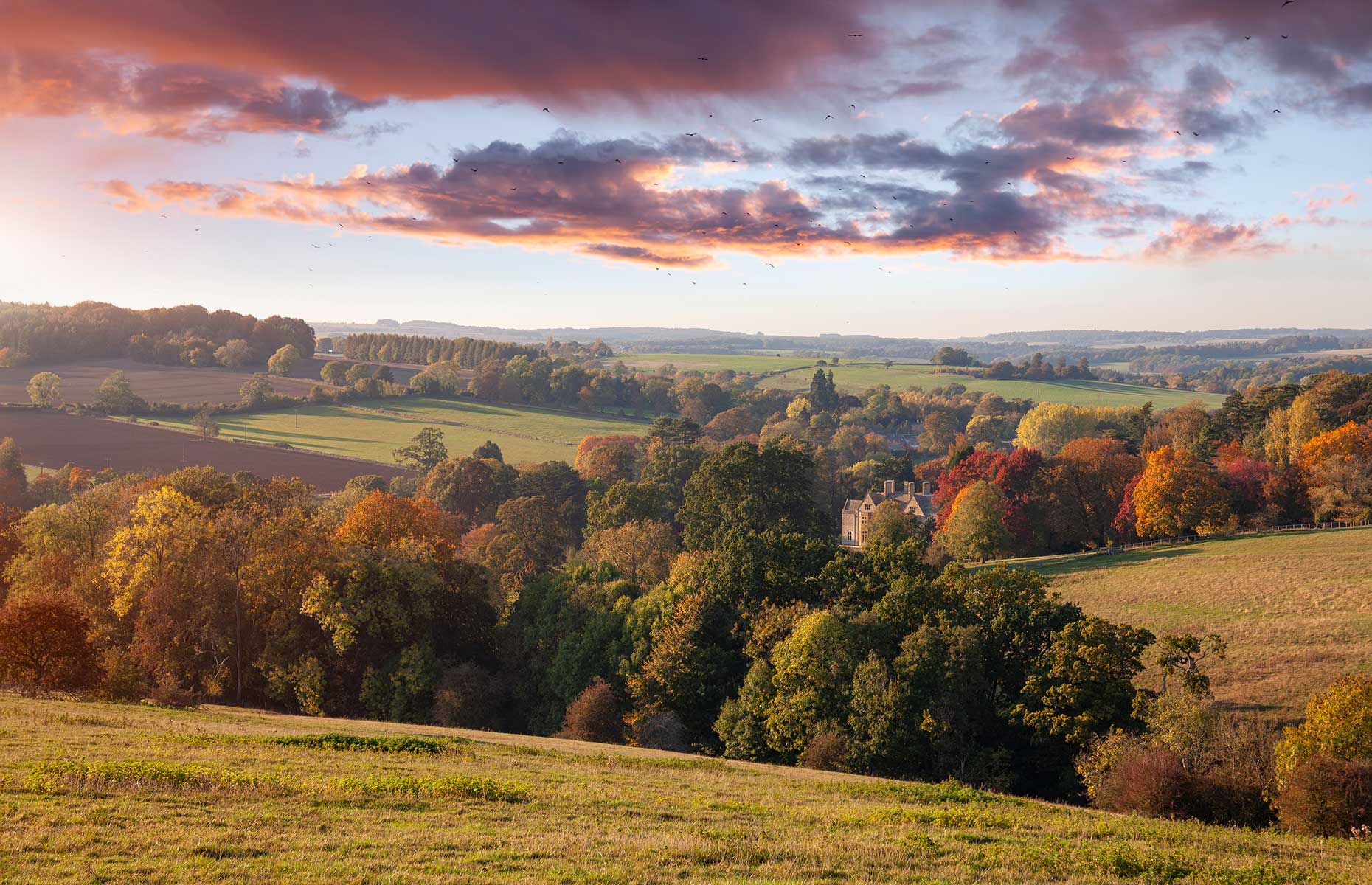 Andrew Roland/Shutterstock
Andrew Roland/Shutterstock
It’s unsurprising that this Area of Outstanding Natural Beauty (AONB) has long been a popular destination for travellers from around the world, and with Brits themselves. There’s a slow, sedate appeal to its bucolic landscape, which is criss-crossed by walking trails and byways, and a wealth of stories to discover going back thousands of years.
Having long been a playground for the rich and famous – from royalty through the ages to the media darlings that trek out to Soho Farmhouse for their holidays – the hotel and food scene across the Cotswolds is exceptional. But it’s not all about luxury, as all manner of accommodation makes the region accessible for varying budgets. Read on to discover everything you need to know before you visit the Cotswolds.
The towns and villages
Bourton-on-the-Water
By far one of the most-visited towns in the Cotswolds, this honey-hued waterside settlement has long been an important stop along Roman trade routes from London through the Cotswolds. The River Windrush trickles through its centre, with pretty stone bridges – like a miniature English Venice – crossing its clear waters.
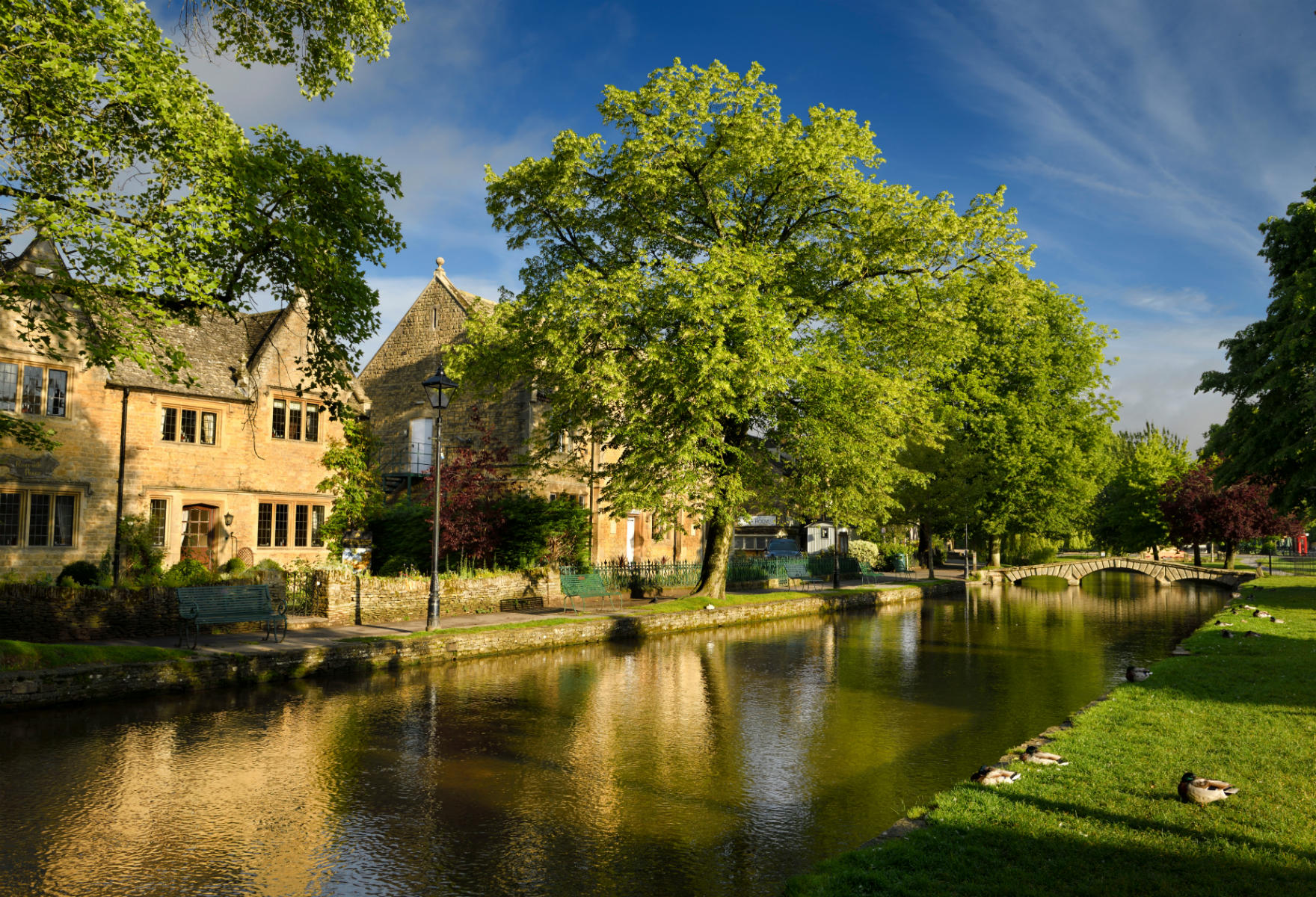 Reimar/Shutterstock
Reimar/Shutterstock
Packed with shops, restaurants and bars, and a couple of key attractions (Birdland and the Model Village), it gets incredibly busy so try to visit during early morning or late evening.
The 30-minute walk from Bourton-on-the-Water to the picturesque villages of Lower and Upper Slaughter is a lovely diversion, too.
Chipping Campden
On the surface, Chipping Campden is a traditional Cotswold town with golden stone, ancient churches and twee tea shops. But dig a little deeper and you’ll find a creative history that is still inspiring and driving makers in the town today – best explored at the Court Barn Museum. Focusing on the town’s crafting history, it centres around Charles Ashbee’s work and his Guild of Handicraft, which he moved to the town from east London in the 19th century.
Interactive exhibits and artefacts chart the town’s creative past, and nearby you can visit modern makers, from stainless-steel kitchenware designer Robert Welch’s original studio to Louise Pocock Millinery.
Stow-on-the-Wold
One of the best-known towns in the Cotswolds, Stow-on-the-Wold is packed with old manor houses, quaint cottages and pretty tea rooms for indulgent afternoon cakes. At one end of town stands the old market cross and at the other the original town stocks where delinquents were publicly humiliated during the 15th century.
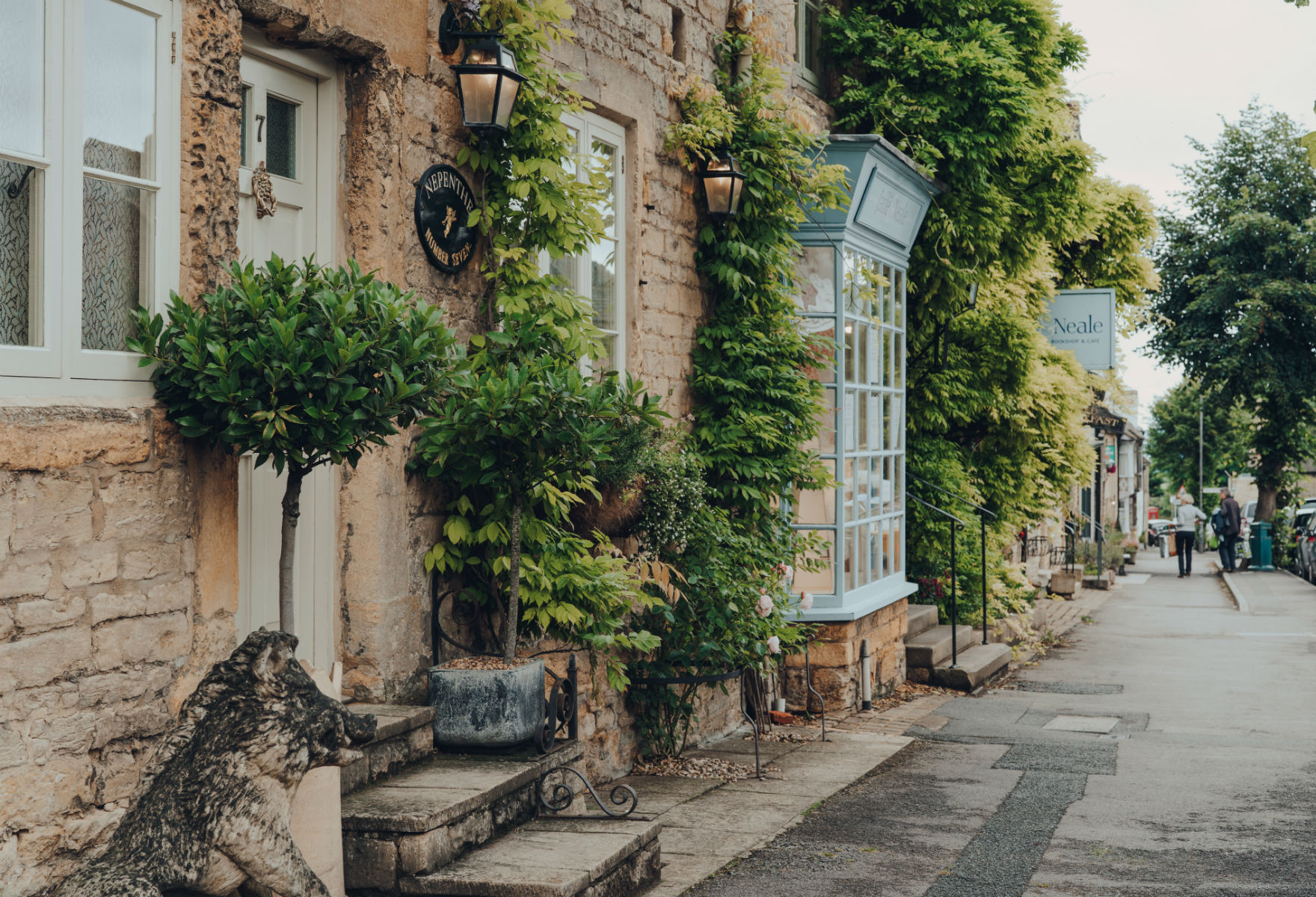 Alena Veasey/Shutterstock
Alena Veasey/Shutterstock
The real pleasure here is simply meandering between its independent shops and numerous art galleries.
Cirencester
If history is your thing, Cirencester is the place to go. This large market town has some of the most exciting and well-preserved Romain remains in the UK. First stop must be the Corinium Museum, where huge original mosaics can be touched and walked across. A brand new exhibit created in 2020 showcases the more unusual tales throughout the town’s history, and mock-ups of old Roman villas are a compelling way to understand exactly how this town once looked.
Take a walk in Cirencester Park to see Bathurst Estate, visit the Church of St John Baptist for medieval history, or mooch around the New Brewery Arts complex where artisans and makers show and sell their creative wares.
Burford
Set on a steep hill, medieval Burford is often referred to as the gateway to the Cotswolds. See a hodge-podge of Georgian and Tudor architecture along its sloped main street, and visit the pretty 12th-century church, one of the most-visited in the country, and the Tolsey Museum, which details the town’s intriguing social and industrial history.
Castle Combe
Not a single new home has been built in this tiny Wiltshire town since the 17th century, meaning it’s one of the best-preserved medieval settlements in the region. There’s a great five-mile walk from the marketplace through the woods and back into the village, and a cluster of tea rooms and pubs make brilliant stops for refuelling. Castle Combe is often dubbed the 'prettiest village in England', and it's easy to see why.
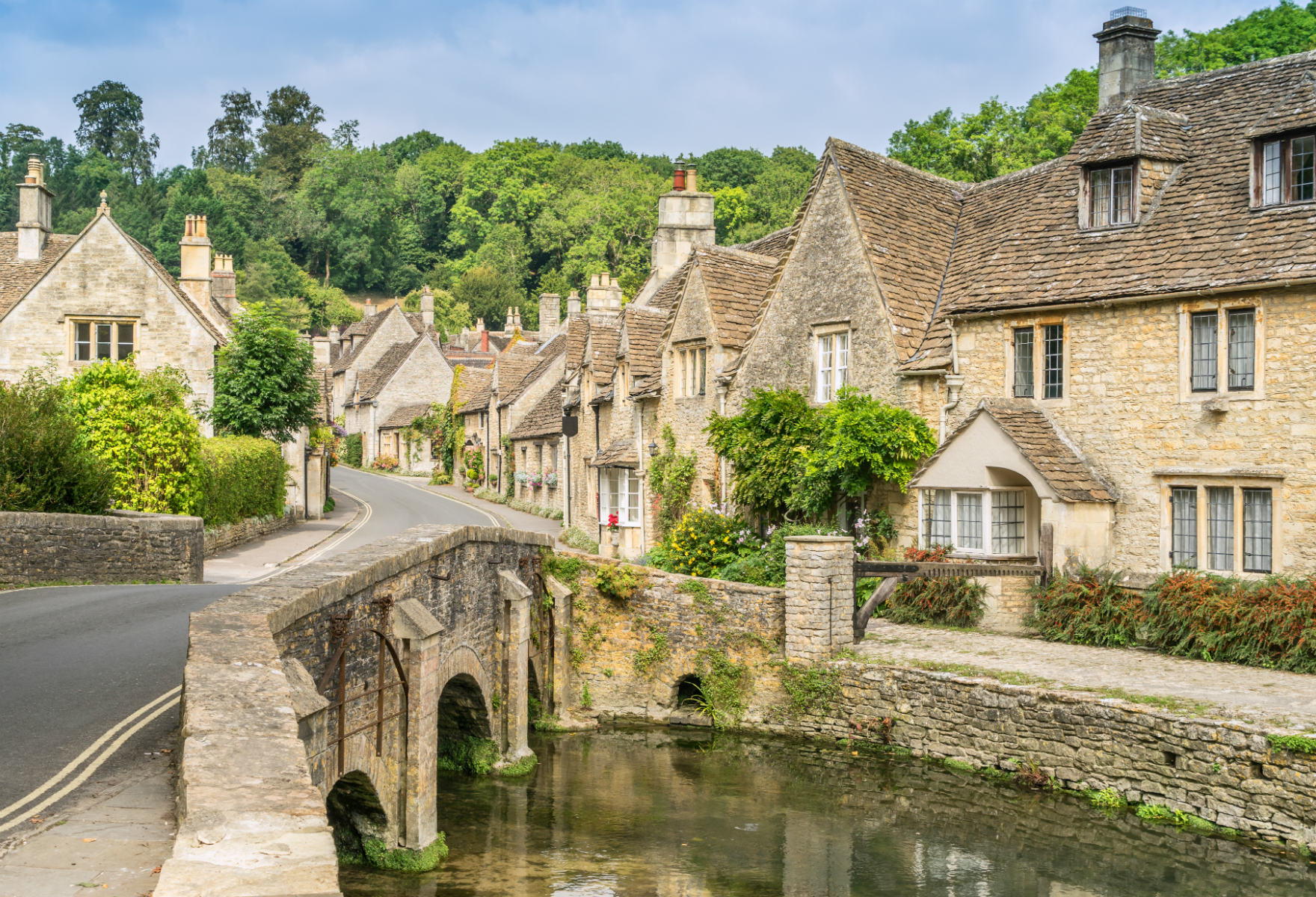 Gordon Bell/Shutterstock
Gordon Bell/Shutterstock
Discover more of the UK's prettiest small towns and villages
Underrated things to do in the Cotswolds
Wander Rousham House & Garden
The Cotswolds is full of gardens and country houses to explore, many of which now lie dormant as museums and relics of the past. But at Rousham House you can visit a working, living estate. Built by Sir Robert Dormer in 1635, the castle-like Gothic house is still occupied by his descendants.
As such, the main house isn’t open for visitors, but the beautiful gardens are open to the public via a ticket machine in the stables. Designed by William Kent, echoes of his typical style can be seen throughout, with ponds and perfectly placed benches for admiring the views.
Spot the mystical creatures in statues throughout, and don’t miss a visit to the flower garden – it’s a riot of colour in spring and autumn.
Woodstock’s museums
While the town hosts tens of thousands of visitors each year at its main draw – Blenheim Palace – Woodstock also has some other fascinating attractions.
First and foremost, the Oxfordshire Museum has artefacts from all the ages, with stunningly preserved ancient Saxon brooches, skeletons of warriors discovered during archaeological digs and even real dinosaur footprints.
Next door is the Soldiers of Oxfordshire Museum, where exhibits bring to life the military history of the region.
Cycle around the Duntisbournes
If you’re desperate to escape the crowds in the Cotswolds, hop on two wheels and take a tour with Cotswold eBikes. The electric vehicles are the perfect way to explore the plunging valleys of the southern Cotswolds.
Guide Darren can take you on a tour of the Duntisbourne villages – Duntisbourne Abbots, Duntisbourne Leer, Middle Duntisbourne and Duntisbourne Rouse – where quintessential Cotswold views can be enjoyed without the crowds of coach day-trippers.
 chrisatpps/Shutterstock
chrisatpps/Shutterstock
The ride is simply stunning, passing farmsteads and pretty churches, and being on the bike means you’ll get to see areas off-road that most visitors don’t.
Meet the Crawleys in Bampton
Downton Abbey fans, head this way. Near the market town of Witney on the edge of the Cotswolds is the lovely little village of Bampton. Once just famous for its annual ‘shirt race’ – essentially a pub crawl in which participants drive homemade vehicles between the local drinking houses – it suddenly saw an influx of visitors thanks to Julian Fellowes’ hit TV series Downton Abbey.
The local church was the location where Mary got married to Matthew, and the same place where Edith was jilted by her fiancé. Just outside the church is the village green, where much of the Downton drama took place, and next door is the library, which served as the hospital and now houses a small museum all about the filming that took place here.
Get creative in the classroom
Throughout the Cotswolds is a community of exceptional artisans and creators, from the likes of Robert Welch in Chipping Campden to the breads and bakes of Mark’s Cotswold Bakery. Channel some of your own creativity with a class by a Cotswold creator.
At The Old Bakehouse Cookery, Annabel O’Sullivan offers a range of sessions, from baking cakes and moreish cookies to learning how to cook the ultimate Sunday roast, and at Bloomery on the Farncombe Estate near Broadway, florist Allyson Martin runs engaging classes in her gorgeous studio. Learn to arrange your own bouquet, make a terrarium or a seasonal wreath.
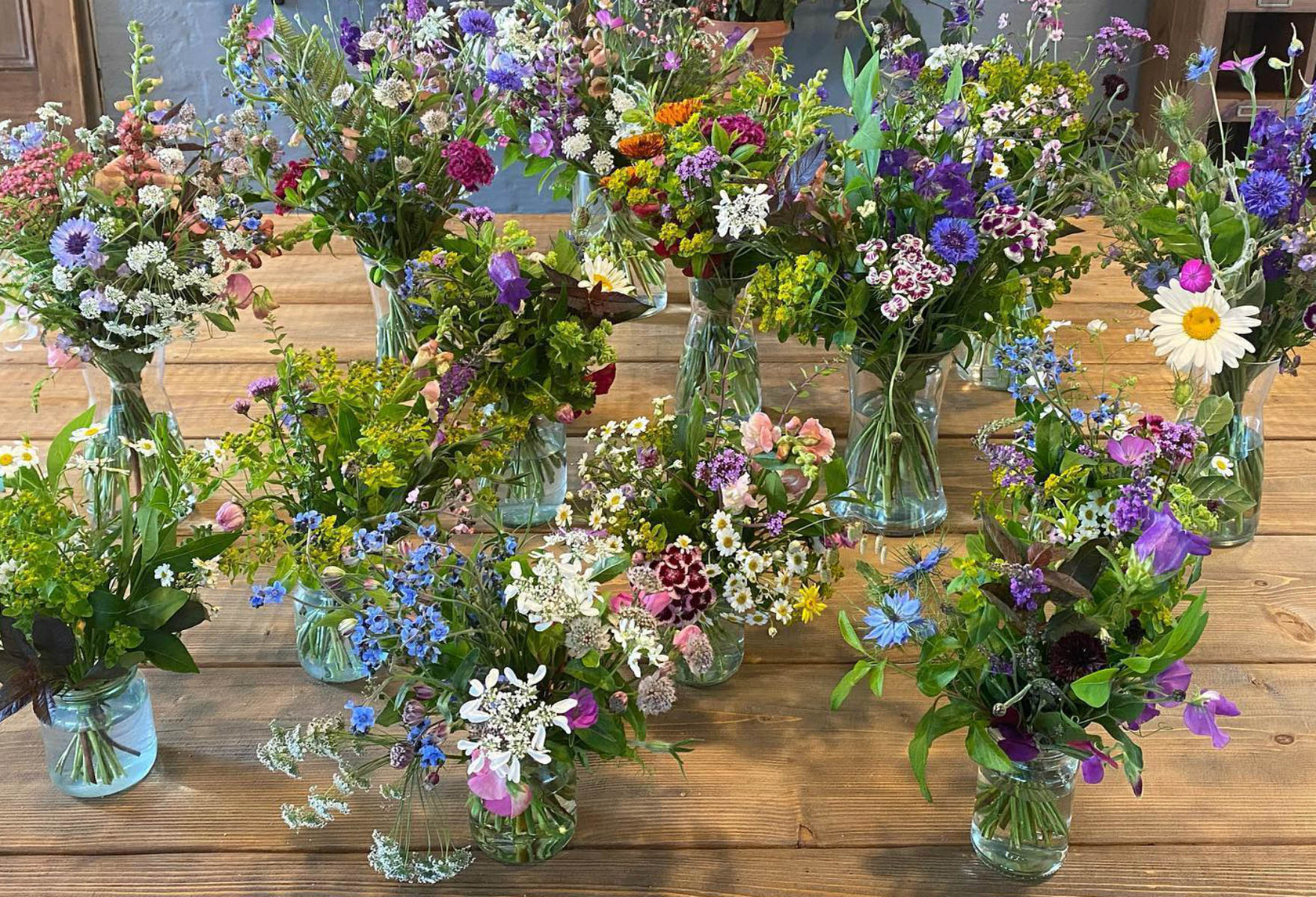 Bloomery/Facebook
Bloomery/Facebook
Take a look at these jaw-dropping images of the UK from above
Best places to stay
Depending on your budget and preference, there's a range of hotels to suit your stay in the region...
Budget-friendly
Mollie’s Motel & Diner, Faringdon: Not technically in the Cotswolds but worth a spot in this guide for its exceptional value, Mollie’s Motel & Diner is an American motel concept brought to Oxfordshire by the Soho House group. Sitting right on the A420, rooms are small and simple but swish, with the added luxury of those Cowshed toiletries many have come to love thanks to Soho House.
There are no bed and breakfast rates, but Mollie’s Diner just across the car park serves hearty breakfasts in the morning. If you’re feeling particularly gluttonous, have dinner too – the burgers are filthy and divine all at once.
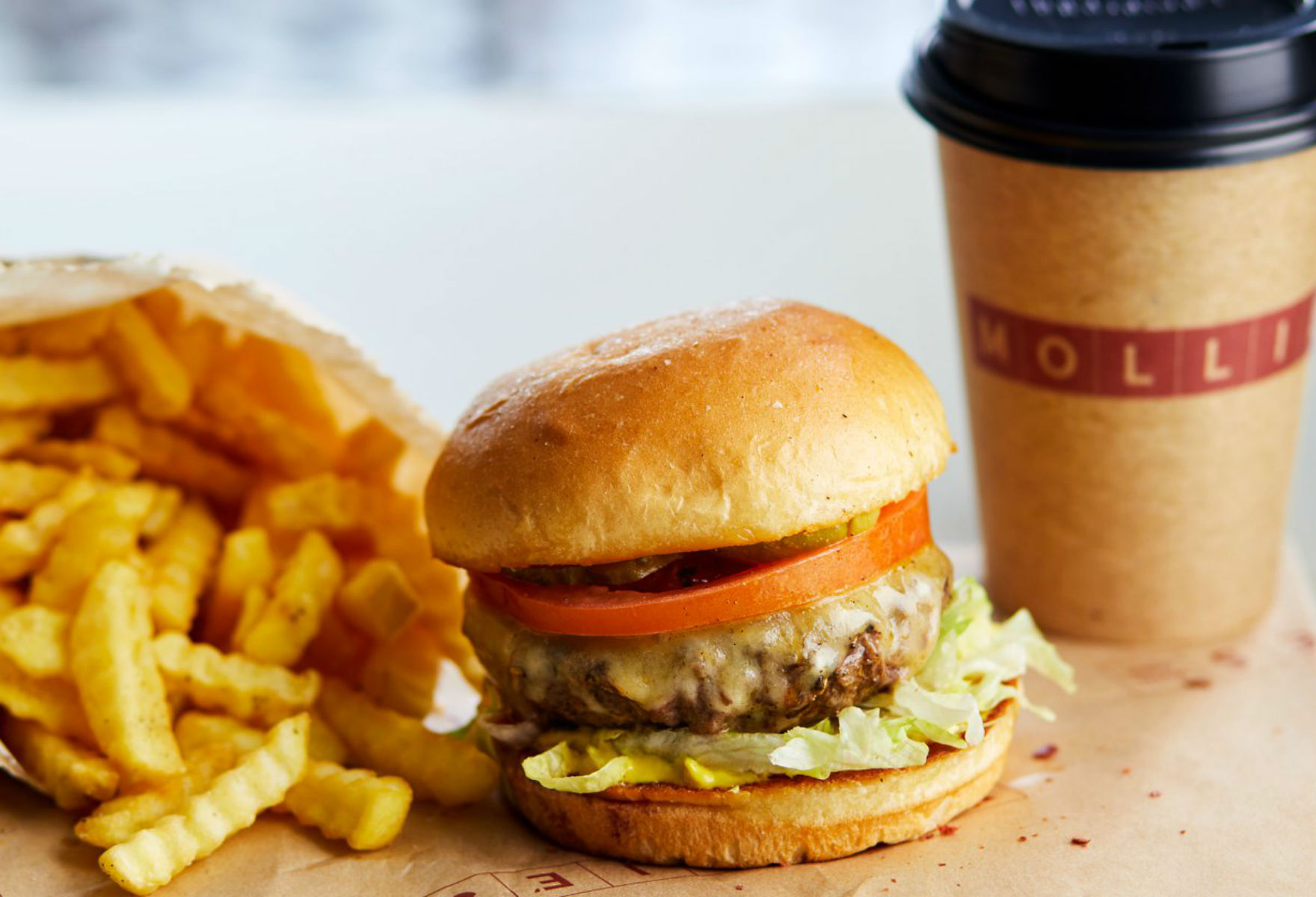 Mollie's Motel & Diner/Facebook
Mollie's Motel & Diner/Facebook
Abbey Home Farm, Cirencester: Just outside of Cirencester, Abbey Home Farm is the sort of place that’s incredibly difficult to leave once you settle in. The 650-hectare estate is a fully working organic farm, with cows, chickens, sheep, crops and vegetables grown on site. There’s a ‘leave no trace’ campsite for those who have all the right gear, and a holiday cottage for travellers who prefer a few more luxuries.
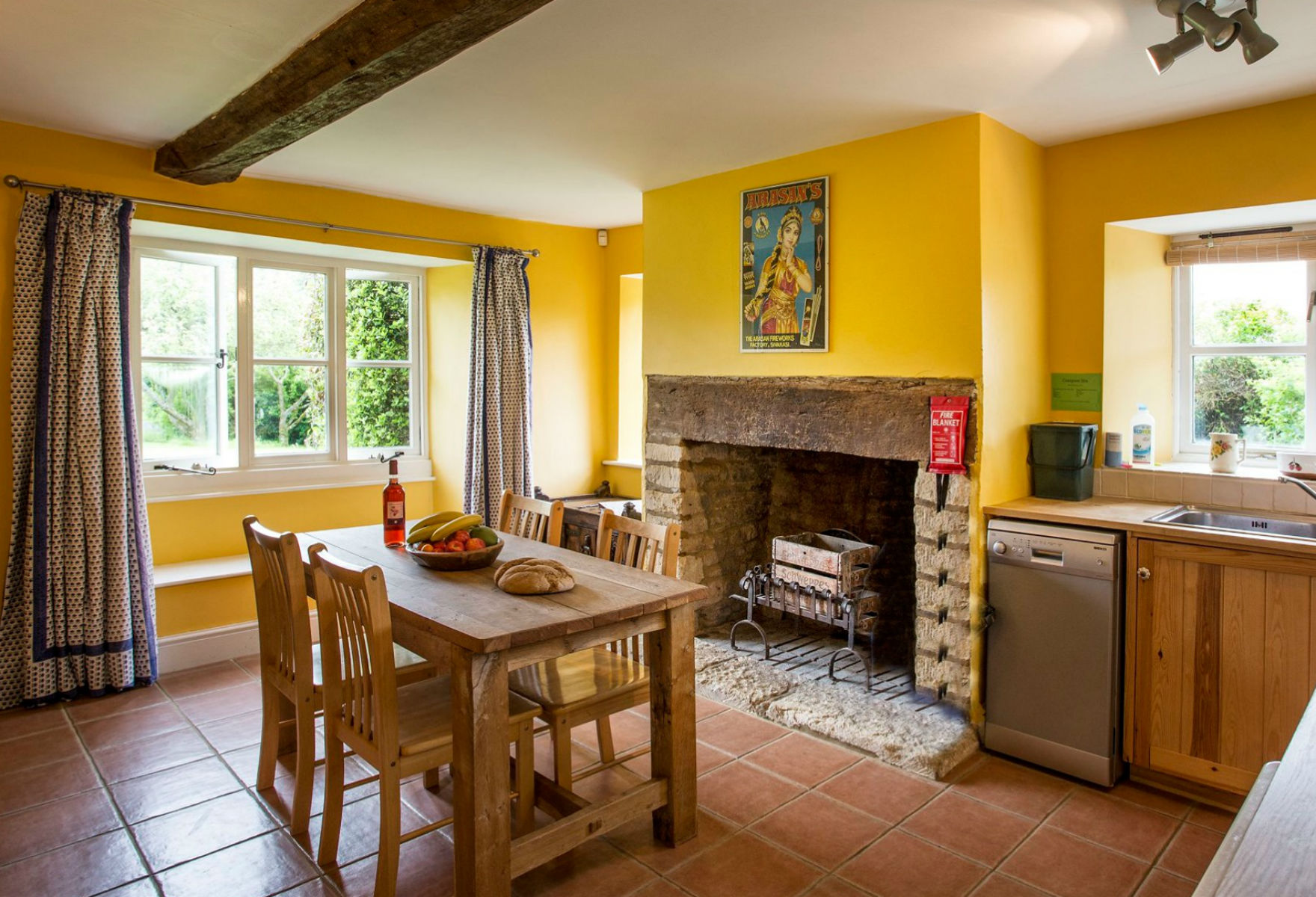 The Organic Farm Shop/Facebook
The Organic Farm Shop/Facebook
The highlight, though, is the yurt in the woods and their shepherd’s hut on the hill – both entirely secluded, completely private off-grid camping options. There are outdoor kitchens with gas stoves and sinks, and endless beautiful Cotswolds views. All the food and drinks you need can be bought in the on-site farm shop.
Mid-range
The Feathers, Woodstock: Set in four creaky old townhouses in the centre of Woodstock, Oxfordshire, this lovely independent hotel has eclectic decor and sumptuous rooms.
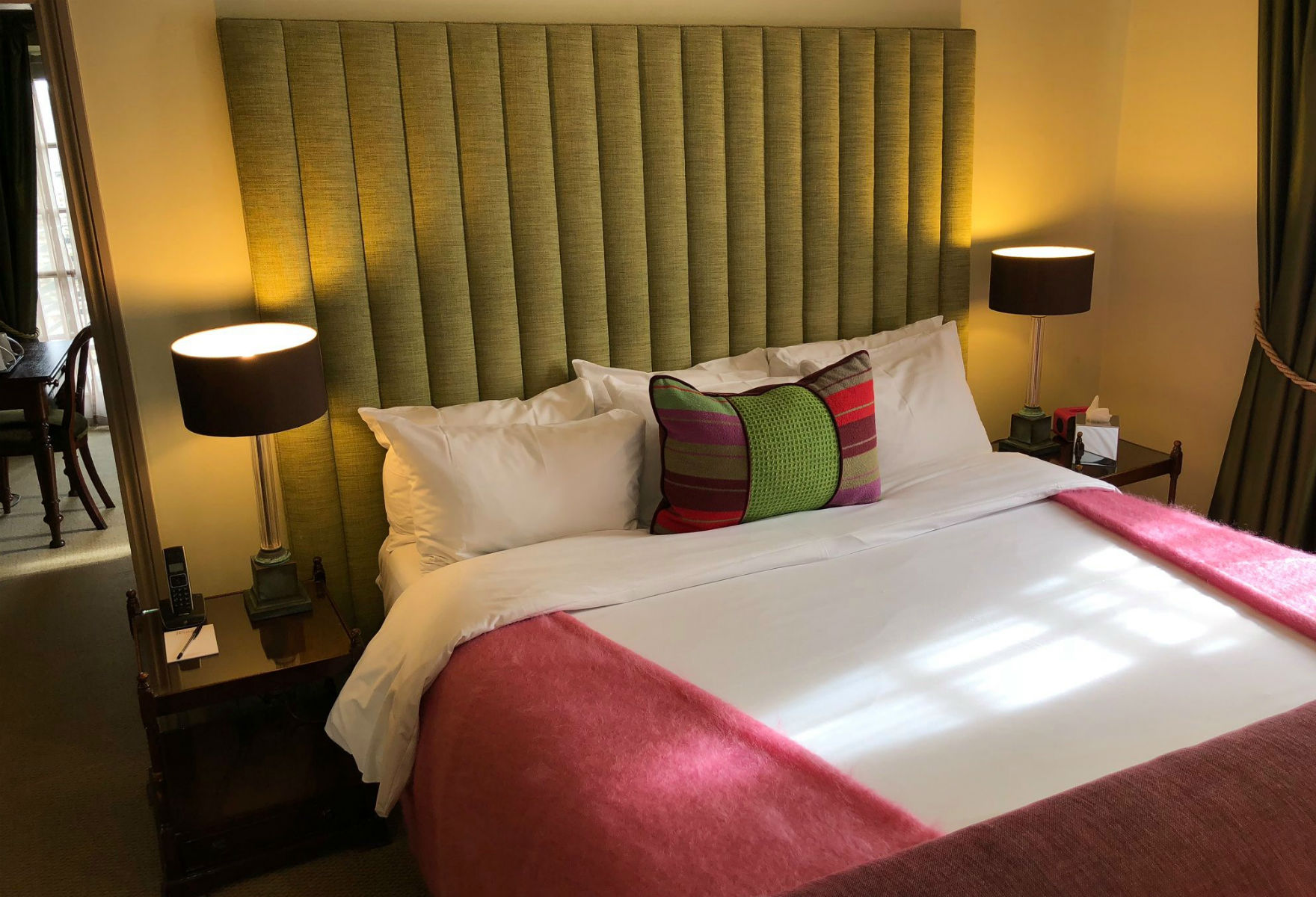
The Feathers Woodstock/Facebook
The bar specialises in gin, offering over 400 botanically-driven spirits with tonic and garnish pairings, and the restaurant is a brilliant option for dinner.
Stratton House Hotel, Cirencester: A family-owned hotel just outside Cirencester, Stratton House is a homely option that backs onto Cirencester Park and the Bathurst Estate. Rooms are simple but beds incredibly comfy, and the lounge and bar make a lovely space for pre-dinner drinks or a hearty cooked breakfast.
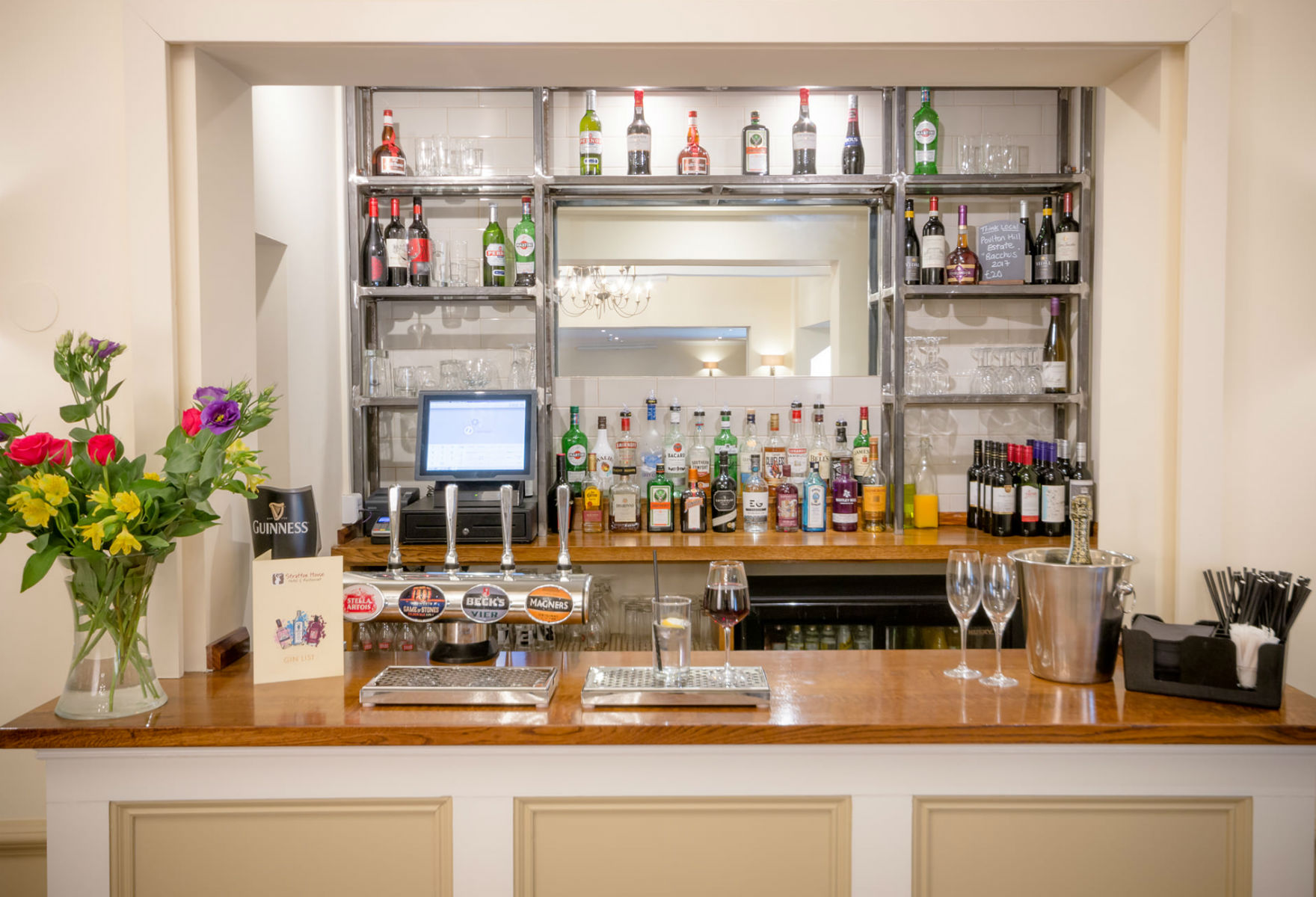 Stratton House Hotel/Facebook
Stratton House Hotel/Facebook
Luxury stays
The Kings Head, Cirencester: Right in the centre of town, this is a slick modern hotel with plush rooms. Expect White Company toiletries in the gleaming bathrooms, a brilliant spa in the gorgeous vaulted basement, and exceptional dinners in the on-site restaurant, MBB Brasserie. The extensive wine list can seem daunting, but staff will expertly pair your meal with the best glass.
Cotswold House Hotel & Spa, Chipping Campden: Directly opposite the historic marketplace building, this beautiful hotel is a lovely escape from the thronging crowds of Chipping Campden. Book into a suite – or even better, a hot tub suite – and you’ll have a supremely comfortable king-sized bed, living area and a brilliant bathroom with a free-standing bath and double sinks. The gardens are a gorgeous place for afternoon tea in good weather, and the spa offers massages, facials and more.
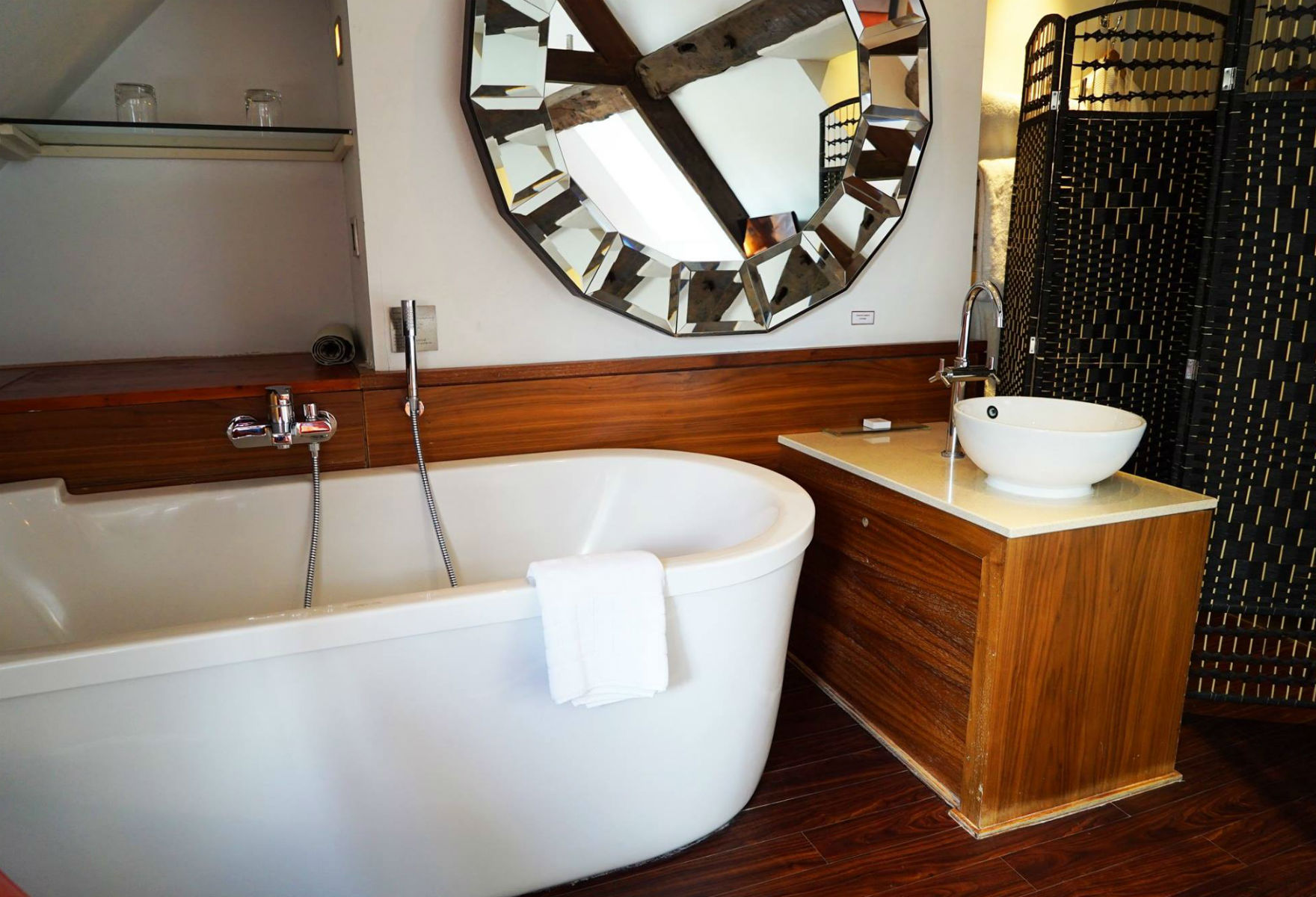 Cotswold House Hotel & Spa/Facebook
Cotswold House Hotel & Spa/Facebook
Burleigh Court Restaurant and Hotel: Wonderful any time of year, this foodie country house near Minchinhampton truly comes into its own in the winter months when you can hunker down in one of the 18 cosy bedrooms, including six pet-friendly rooms in the coach house. The standout feature here is the restaurant though, which has two AA rosettes and serves up seasonal dinners including slow-cooked pork belly and an incredible 16oz Chateaubriand to share. Plus, food is sourced from the kitchen garden or within 30-miles of the hotel where possible.
 Burleigh Court Photography
Burleigh Court Photography
The best walks
The Cotswold Way is a 102-mile stretch of footpaths and byways criss-crossing some of the best landscapes in this bucolic region. For active types, it’s arguably the best way to see the countryside here, but you don’t have to be an avid rambler with serious stamina to enjoy it. Here are a few great routes...
Chipping Campden to Broadway Tower
This six-mile, one-way route crosses the Gloucestershire-Worcestershire border to reach the turrets of Broadway Tower, a once-popular escape for the likes of William Morris and Dante Gabriel Rossetti. The views from the tower are the main reward, and on a clear day you can often see 16 different counties. Take a taxi back to Chipping Campden, or a public bus.
Winchcombe to Cleeve Hill
Crossing the Cotswolds’ highest point, this 10-mile circular hike is spectacular. You’ll follow the Cotswold Way southward, pass the glorious Sudeley Castle and finally up Cleeve Hill where views over the Gloucestershire countryside await.
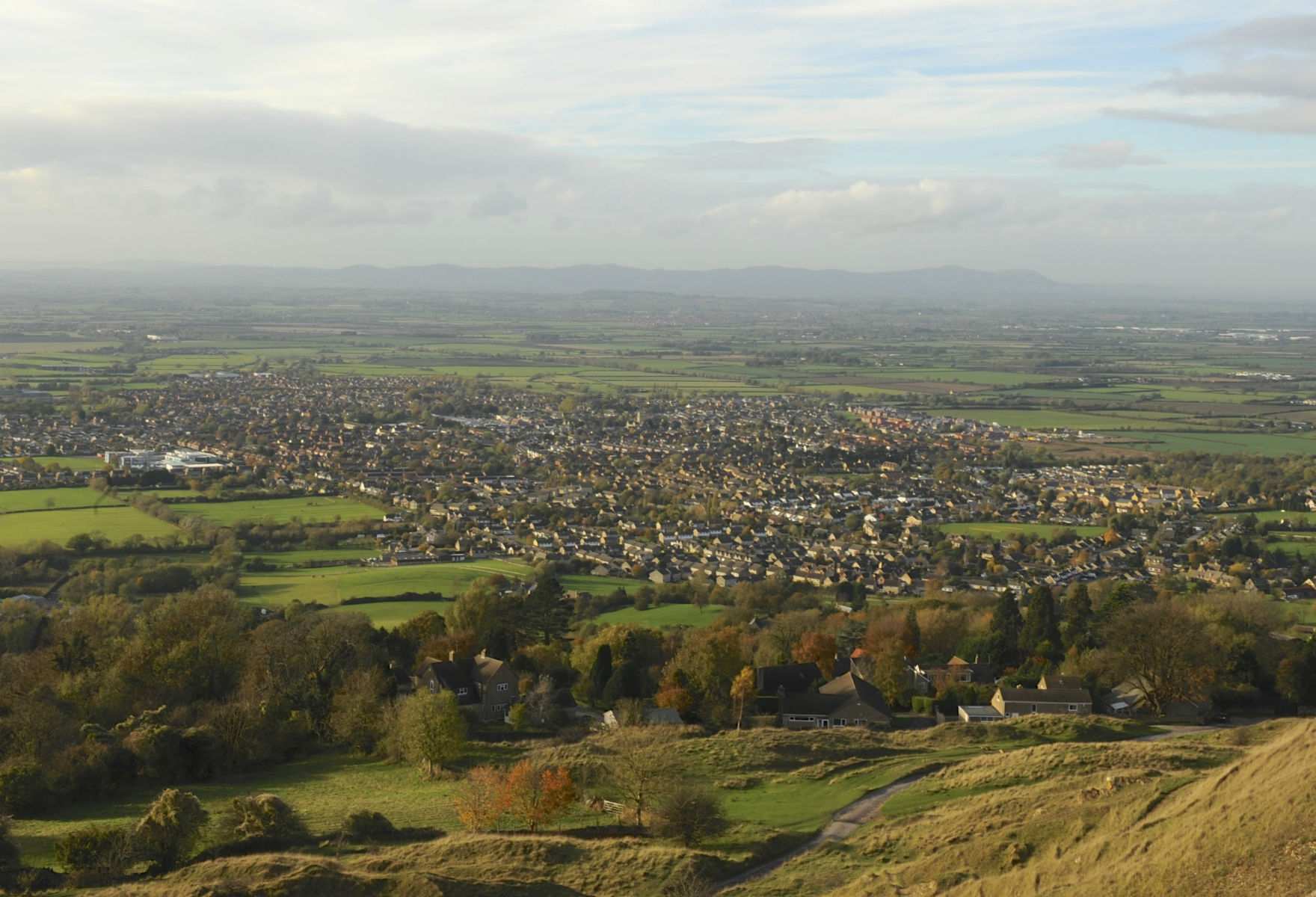 Peter Turner Photography/Shutterstock
Peter Turner Photography/Shutterstock
Westonbirt Arboretum
You could walk the trails that cross the woodland and meadows of Westonbirt Arboretum endlessly and still see something new each time. The vast national arboretum has 15,000 trees of 2,500 different species. In autumn, walk in the Acer Grove to see the striking reds and oranges wash over the trees, and in spring head to Silk Wood for cherry blossoms.
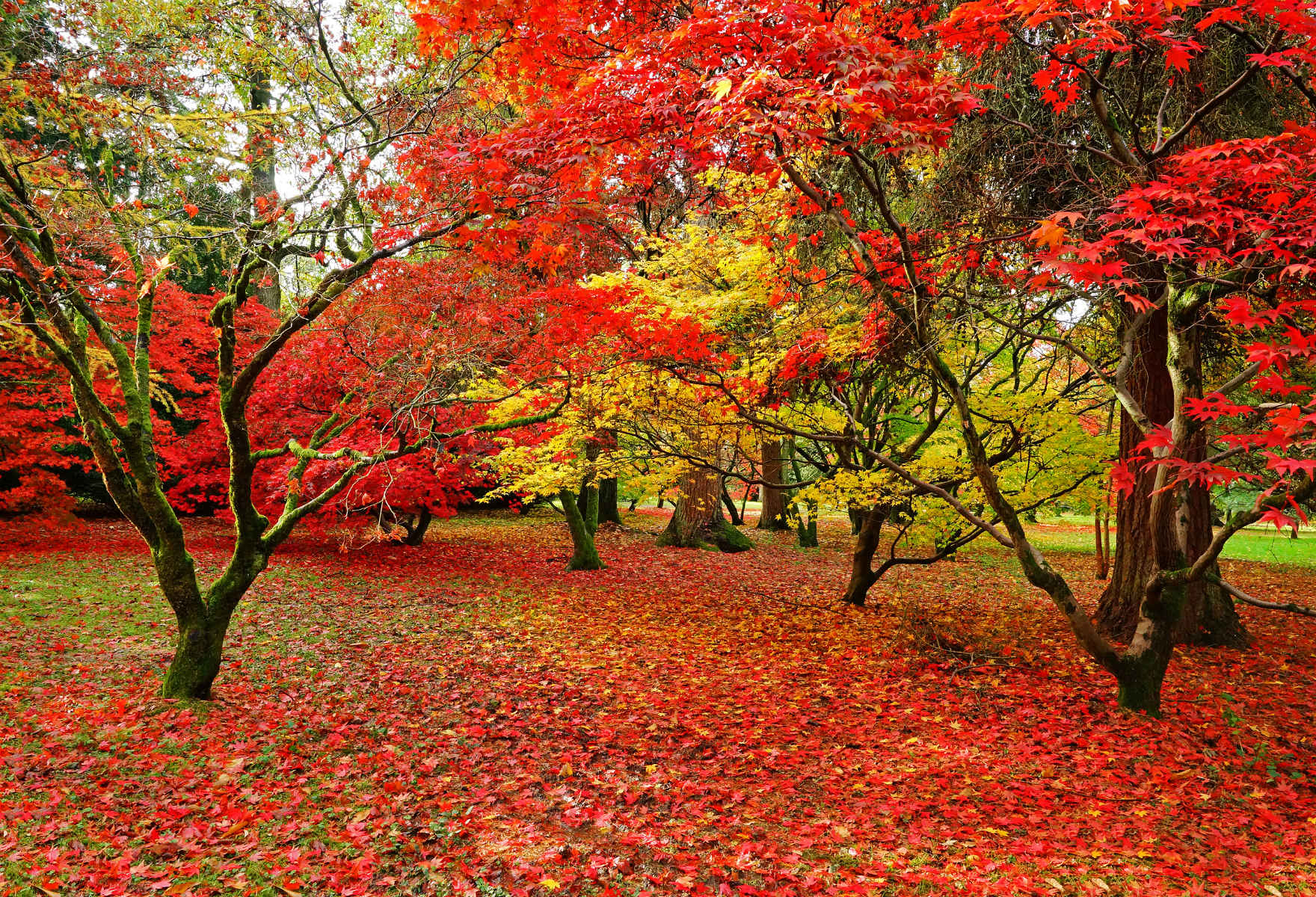 PJ photography/Shutterstock
PJ photography/Shutterstock
These are the world's most beautiful national parks
Getting around the Cotswolds
With such a rural landscape, travelling around the Cotswolds without your own vehicle is somewhat difficult – public transport is few and far between, with no real train connections and few buses.
If you’re feeling adventurous, choose a multi-day walking trip with the likes of Headwater or Cotswolds Walks, or a cycling trip with Macs Adventure or Skedaddle. Alternatively, excellent tour operators such as Undiscovered Cotswolds and Go Cotswolds are brilliant guided options.
How to be a responsible tourist in the Cotswolds
The tiny towns and villages in this rural region truly groan under the weight of the tourist traffic, and tensions can be high between residents and visitors. Overtourism has been a problem here for years, and so respect is the key to keeping the region safe and welcoming.
While some of the cottages and houses might look like they’ve been built for a film set, they’re not. These are people’s homes and must be respected as such – don’t take photos through the windows and try not to block driveways or front doors as you explore.
Consider some of the lesser-visited places in the Cotswolds – go to Cotswolds.com for more information.
Lead image: David Hughes/Shutterstock
Comments
Be the first to comment
Do you want to comment on this article? You need to be signed in for this feature
